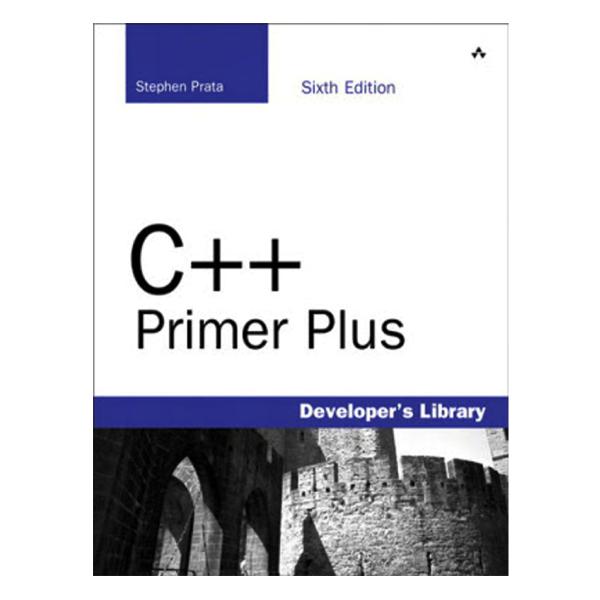Question
1. Declare a pointer to an Order object namely p_order_list and properly initialize it at declaration 2. Dynamically allocate an array of 1024 Order objects
2. Dynamically allocate an array of 1024 Order objects and assign it to p_order_list. NOTE: this is a dynamic array of Order objects, not an array of pointers to Order objects 3. Write a loop to go thru the entire the array and count the number of Order objects that have purchase price over 1,000 (one thousand). You must use pointer syntax (not array syntax [ ]) by declaring an additional p_order pointer. Also pointer syntax such as (p_order + i) is not allowed meaning you must increment the pointer to move from one array element to another.
4. Finally de-allocate the array memory and reset p_order_list to NULL.
Assuming the following class definition:
class Order { private: float purchase_price_;
public: Order ( ) ;
float get_purchase_price ( ) const; } ;
Order::Order ( ) : purchase_price_ (0.0) { } int Order::get_purchase_price ( ) const {
return purchase_price_;
}
Step by Step Solution
3.48 Rating (151 Votes )
There are 3 Steps involved in it
Step: 1
1 Declare a pointer to an Order object namely porderlist and properly initialize i...
Get Instant Access to Expert-Tailored Solutions
See step-by-step solutions with expert insights and AI powered tools for academic success
Step: 2

Step: 3

Ace Your Homework with AI
Get the answers you need in no time with our AI-driven, step-by-step assistance
Get Started


